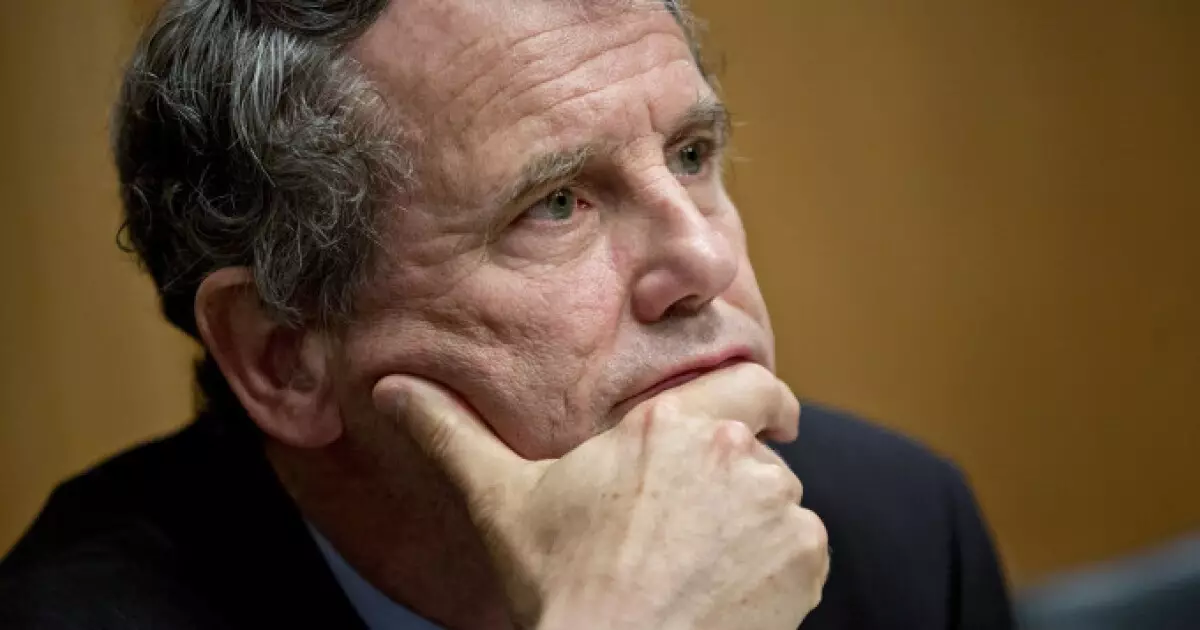The process of rebuilding America’s roads and bridges with funds from the Bipartisan Infrastructure Law is facing significant challenges due to regulations and red tape. Despite the intentions behind the legislation, the actual implementation is being hindered by bureaucratic hurdles that slow down progress. This has raised concerns among proponents of the law who are eager to see tangible improvements in the country’s infrastructure.
One of the key aspects of the Bipartisan Infrastructure Law is the focus on modernizing public transit systems across the country. Sen. Sherrod Brown, D-Ohio, emphasized the importance of these investments, highlighting the impact outdated infrastructure can have on the efficiency and reliability of public transportation services. The Senate Committee on Banking, Housing, and Urban Affairs, chaired by Sen. Brown, held a hearing to discuss the progress and challenges associated with this initiative.
The debate over the level of federal government involvement in local transit decisions has been a point of contention among lawmakers. Ranking Republican Sen. Tim Scott, R-S.C., expressed his skepticism of Washington’s role in dictating local needs and advocated for block grants to empower municipalities. This highlights the ongoing struggle to find the right balance between federal oversight and local autonomy in infrastructure projects.
The authorization period and dispersal rate of funds allocated for infrastructure projects have garnered attention from Congress. The administration maintains that the progress is on track, with both figures hovering around 50%. However, the calculations for spending are complicated by the requirements of the Build America, Buy America Act, which aims to promote domestic manufacturing but has inadvertently created challenges for project delivery.
Dr. R. Richard Geddes, a leading voice in infrastructure policy, has advocated for an expansion of public private partnerships (PPP) to drive infrastructure development. He points to the success of PPP models in projects like the Francis Scott Key Bridge in Baltimore Harbor, which integrates design, construction, operation, and maintenance over the long term. Geddes sees PPPs as a strategic approach to funding infrastructure projects and ensuring their sustainability.
Despite the regulatory hurdles and challenges faced in implementing the Bipartisan Infrastructure Law, Democrats are laying the groundwork for reauthorizing the legislation when it expires in September 2026. They are optimistic about the benefits of the law, particularly in terms of supporting American manufacturing and creating jobs. Sen. Brown emphasized the significance of using domestically sourced materials in infrastructure projects to boost the economy and support local industries.
While the Bipartisan Infrastructure Law holds promise for rebuilding America’s infrastructure, there are significant obstacles that need to be addressed. From regulatory complexities to debates over federal involvement, finding a path forward requires collaboration and innovation. By leveraging public private partnerships and prioritizing the modernization of public transit, the country can overcome these challenges and create a more sustainable and resilient infrastructure system for the future.

